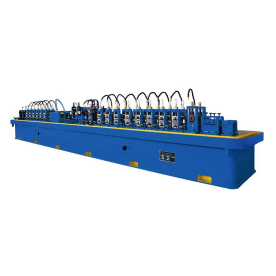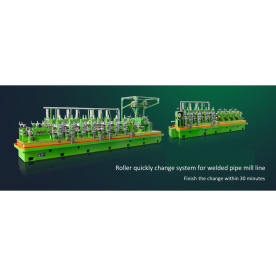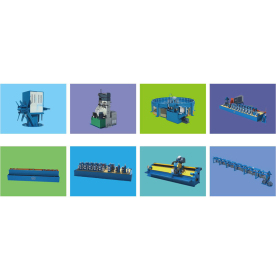[High-Impedance Impedor]Understanding the Role and Importance of High-Impedance Impedors in Modern Electronic Circuits and Their Applications
News 2024-12-1
In the realm of electronic engineering, the concept of impedance plays a crucial role in the behavior of circuits and their components. Among the various types of impedors, high-impedance impedors stand out due to their unique properties and applications. This article delves into the fundamentals of high-impedance impedors, their functionalities, and their significance in modern electronic circuit design.
What is High-Impedance?
Impedance, in simple terms, is the measure of opposition that a circuit presents to the flow of alternating current (AC). It encompasses both resistance (which opposes direct current, DC) and reactance (which opposes AC). High-impedance devices are characterized by having a resistance of several megaohms or higher. This means they draw very little current from a circuit, thus minimizing their impact on the circuit’s operation.
The Fundamentals of High-Impedance Impedors
High-impedance impedors serve as essential components in various circuits, especially in measuring and sensing applications. They are designed to exhibit high resistance to prevent excessive loading of the signals they are interacting with. This is particularly important in applications where signal integrity is critical, as excessive loading can distort the measurements or degrade the quality of the signal.
One of the fundamental characteristics of high-impedance impedors is their ability to maintain a stable voltage level across their terminals. By drawing minimal current, they preserve the original signal levels, making them invaluable in the context of sensitive electronic devices such as sensors, amplifiers, and analog-to-digital converters.
Applications of High-Impedance Impedors
1. **Measurement Devices**: High-impedance impedors are widely used in measurement devices such as oscilloscopes and multimeters. These instruments require high input impedance to accurately measure voltage levels without influencing the circuit under test. A low input impedance would draw current from the circuit, potentially resulting in inaccurate readings.
2. **Analog Signal Processing**: In Analog-to-Digital Conversion, high-impedance impedors are utilized to couple signals to the ADC. A high-impedance interface ensures that the analog voltage levels are accurately converted to digital form without distortion, allowing for high-fidelity data acquisition.
3. **Bioelectrical Sensors**: In medical applications, high-impedance impedors are commonly found in bioelectrical sensors, such as ECG and EEG devices. These sensors monitor electrical signals from the human body, requiring high input impedance to eliminate interference and noise from the biological signals being measured.
4. **Audio Systems**: In audio electronics, high-impedance impedors are used in microphones and high-impedance preamplifiers. They help ensure that audio signals are captured accurately without distortion or loss of fidelity, which is crucial for professional audio applications.
5. **Telecommunication**: High-impedance impedors play a vital role in telecommunication systems, especially in RF circuits where impedance matching is necessary. They help minimize signal reflections and ensure efficient signal transmission.

Understanding the Role and Importance of High-Impedance Impedors in Modern Electronic Circuits and Their Applications
While high-impedance impedors provide numerous advantages, there are key considerations that designers must keep in mind:
1. **Noise Sensitivity**: Due to the high impedance nature, these impedors may be more sensitive to noise and interference from the environment. Proper shielding and grounding techniques are crucial to mitigate these effects.

Understanding the Role and Importance of High-Impedance Impedors in Modern Electronic Circuits and Their Applications

Understanding the Role and Importance of High-Impedance Impedors in Modern Electronic Circuits and Their Applications
Conclusion
In summary, high-impedance impedors are indispensable components in modern electronics, playing a crucial role in measurement, signal processing, and various applications across different fields. Their ability to maintain signal integrity while drawing minimal current makes them ideal for sensitive applications. As technology continues to advance, the importance of understanding and effectively utilizing high-impedance impedors will only grow, ensuring that engineers can create innovative and high-performance electronic systems. With these devices at their disposal, professionals can push the boundaries of what is possible in electronic design and signal processing.
